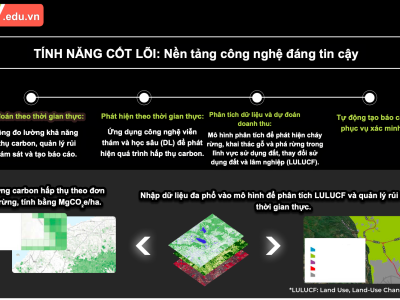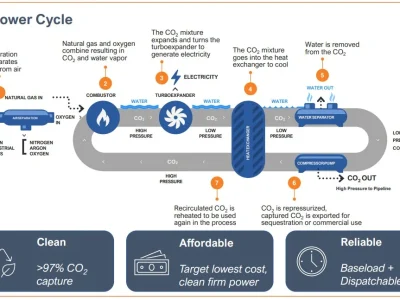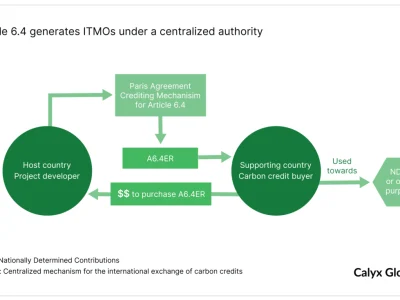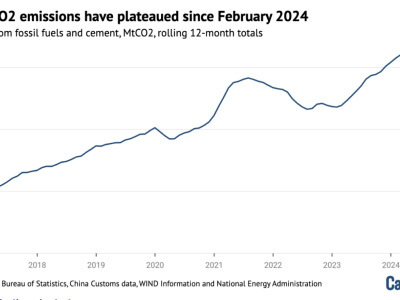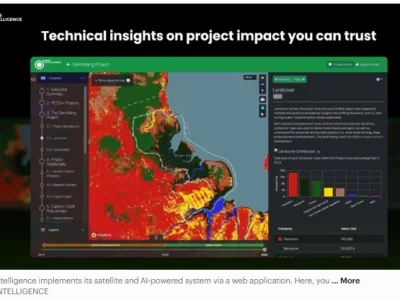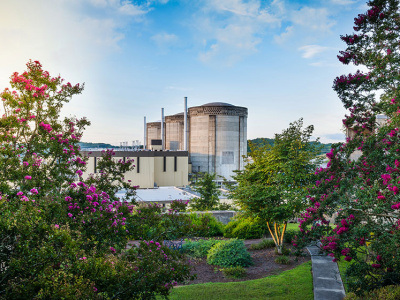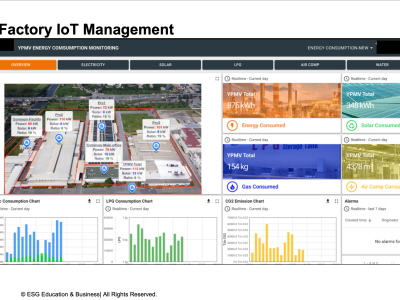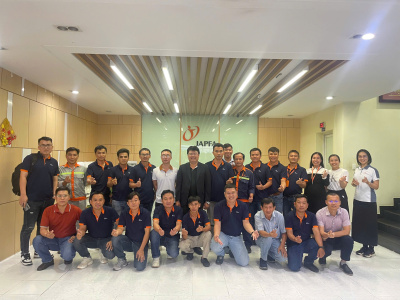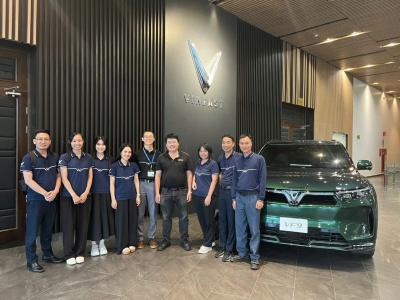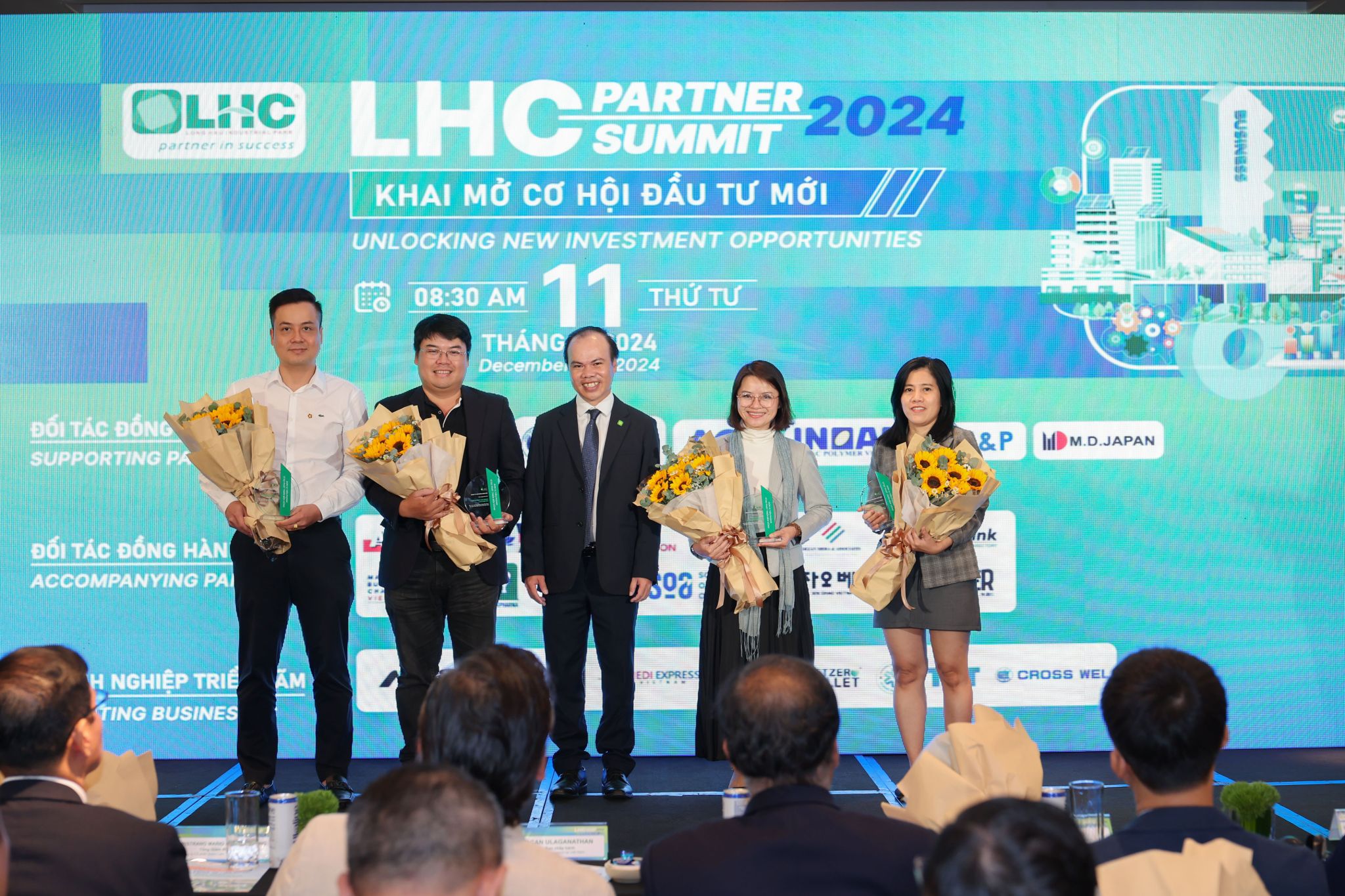 Chuong trinh dao tao
Chuong trinh dao tao
Crustacean, Fish, and Feather Waste: From Pollutants to High-Value Resources
Crustacean waste is often discarded as industrial refuse, yet it is one of the most underutilized yet valuable biomass streams in the world. In shrimp, crab, and other crustacean processing, up to 56% of total mass is considered waste and frequently dumped into the ocean, contributing to coastal pollution. Globally, an estimated 6–8 million tons of crustacean waste are generated annually (Source: Chitin Extraction from Crustacean Shells Using Biological Methods).
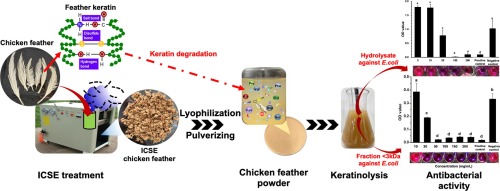
Yet crustacean shells are anything but waste. They contain:
- Protein (20%–40%)
- Calcium carbonate (20%–50%)
- Chitin (15%–40%)
Lactic Acid Fermentation: Unlocking Nutrient Value
Through lactic acid fermentation, crustacean shells can be transformed into two valuable outputs:
- A nutrient-rich fermentation liquid, high in amino acids such as glutamate, aspartate, lysine, leucine, and phenylalanine — comparable in profile to beef protein and suitable for animal feed or, with appropriate processing, even human consumption (Chitin production by Lactobacillus fermentation…).
- Chitin, recovered as a solid, can be sold for up to $200/kg — or $200,000 per ton — depending on purity and market application (Sustainability: Don’t waste seafood waste). It can then be converted into chitosan, which holds wide-ranging commercial and environmental applications.
Chitosan: A Multifunctional Biomaterial
Chitosan is a high-value derivative of chitin and is used extensively in:
- Pharmaceuticals and cosmetics
- Textiles and food preservation
- Agriculture, as a natural biostimulant, antifungal agent, and soil amendment
- Water treatment, improving the heavy metal sorption capacity of biochar (Engineered Biochar for Contaminant Removal)
Chitosan is also a key material in the production of bioplastics, offering a biodegradable alternative to petroleum-based polymers. It can be combined with polylactic acid (PLA) and enhanced with bamboo biochar to improve mechanical strength and thermal resistance (Improvement on PLA using bamboo charcoal).
Circular Innovation: From Shrimp Shells to Packaging Foam
Innovative companies like Cruz Foam are leading the transformation of seafood waste into circular materials. Backed by Leonardo DiCaprio and Ashton Kutcher, Cruz Foam produces compostable foam packaging from shrimp shells — a sustainable alternative to Styrofoam — and is scaling production for major clients like Whirlpool (Cruz Foam’s shell-based Styrofoam).
Other sustainable bioplastic sources include:
- Bagasse, a sugarcane by-product, used to create biodegradable containers and packaging
- Combined formulations of chitosan and PLA for enhanced flexibility and compostability
Agricultural Applications: Chitin and Chitosan for Plant Health
In agriculture, chitin and chitosan have demonstrated:
- Antiviral, antibacterial, and antifungal properties
- The ability to stimulate plant immune responses
- Chelating effects that bind nutrients, preventing access by pathogens
- Use as biopesticides and soil amendments to promote healthy growth and reduce chemical input (Chitosan in Plant Protection)
Fish Waste and Feather Waste: Additional Untapped Resources
Similar to crustacean shells, fish processing waste — including bones, scales, viscera, and mortalities — is a rich source of collagen, gelatin, enzymes, oils, and protein concentrates. Fermentation can stabilize these materials for use in:
- Animal feed
- Organic fertilizers
- Aquaculture nutrition
Feather waste, primarily keratin, is another highly resilient protein that can be transformed into hydrolysates for feed and foliar applications through microbial or enzymatic hydrolysis. When feather waste is fermented with lactic acid bacteria, pathogens are neutralized, and the resulting hydrolysate becomes a rich nitrogen source for both livestock and plants.
Conclusion: Turning Marine and Processing Waste into Circular Gold
Crustacean, fish, and feather waste — historically treated as pollutants — can now be reimagined as cornerstones of a regenerative bioeconomy. Through techniques like lactic acid fermentation, biochar integration, and bioplastic production, these biomass streams offer:
- High-value industrial inputs
- Clean energy solutions
- Safe animal feed alternatives
- Biostimulants for sustainable agriculture
Instead of polluting coastal waters or ending up in landfills, these materials can now play a pivotal role in building resilient, low-carbon, and profitable waste-to-value systems worldwide.


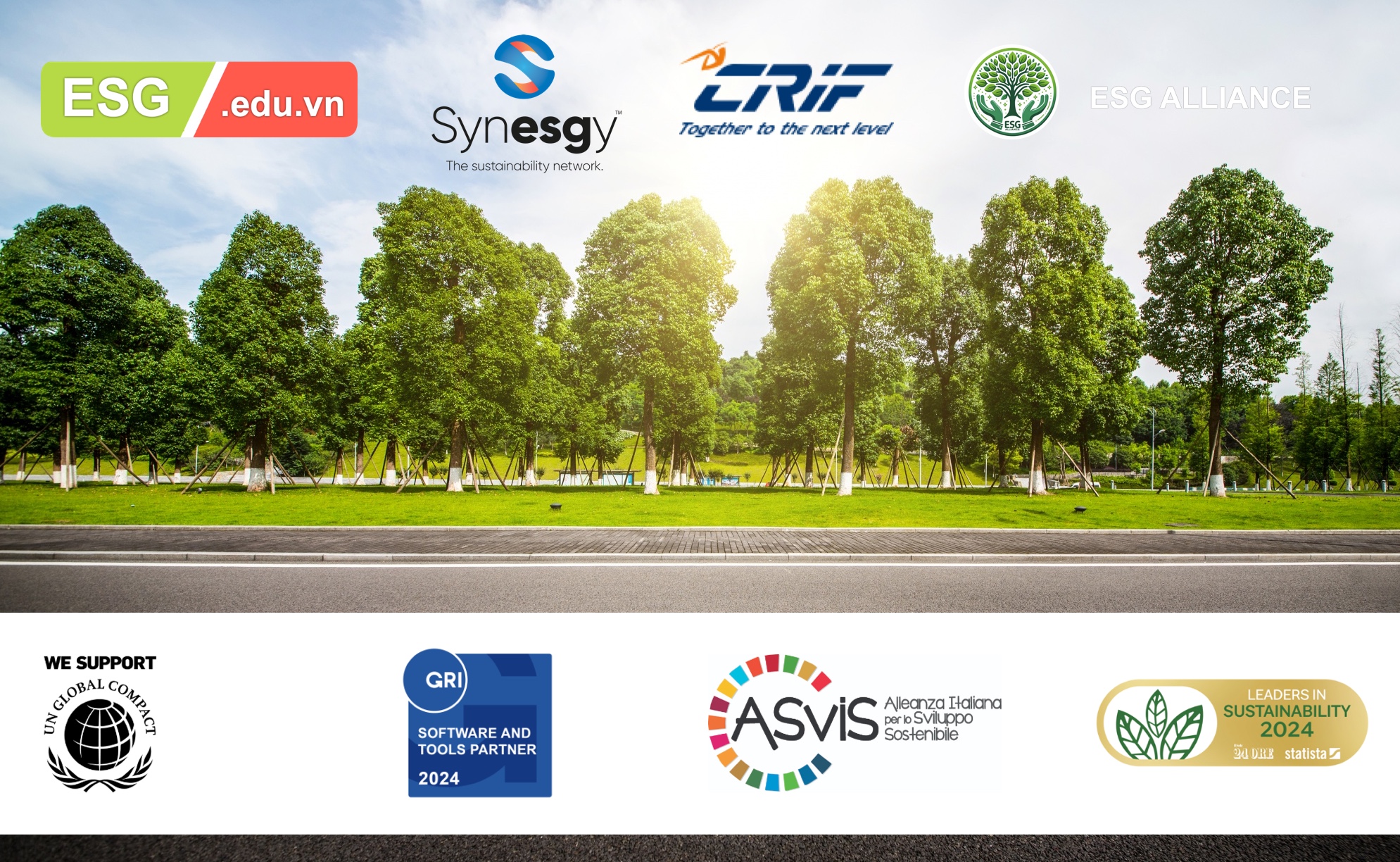







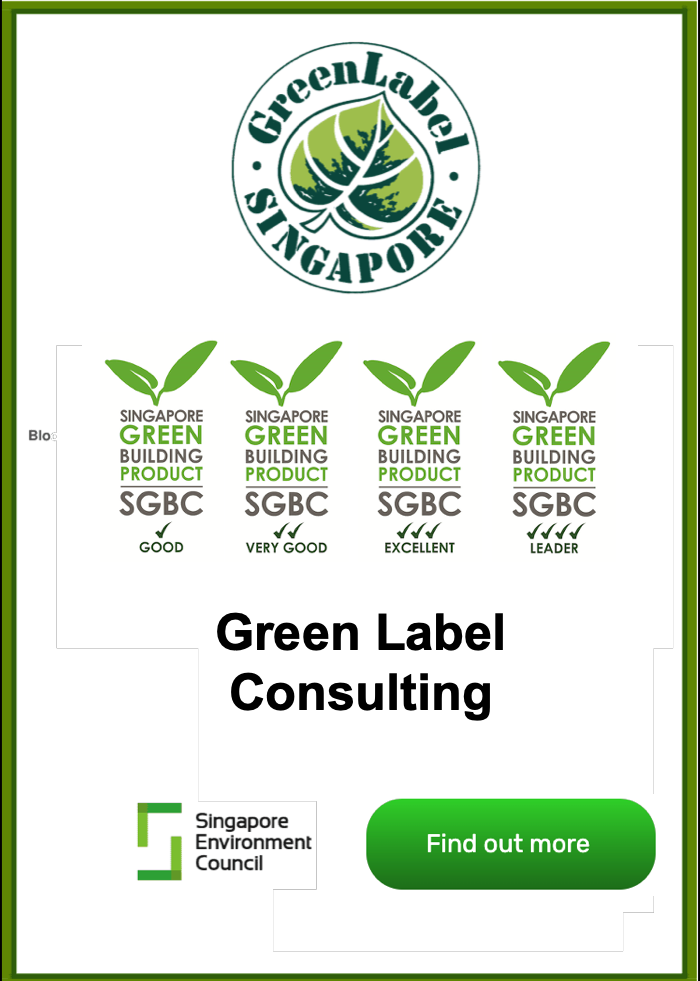
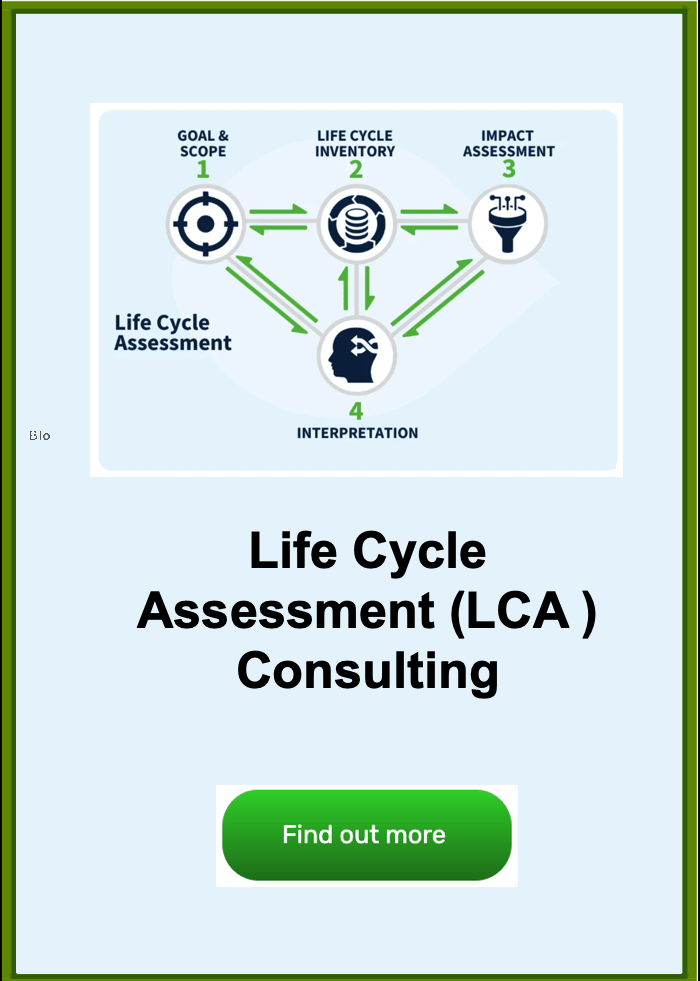
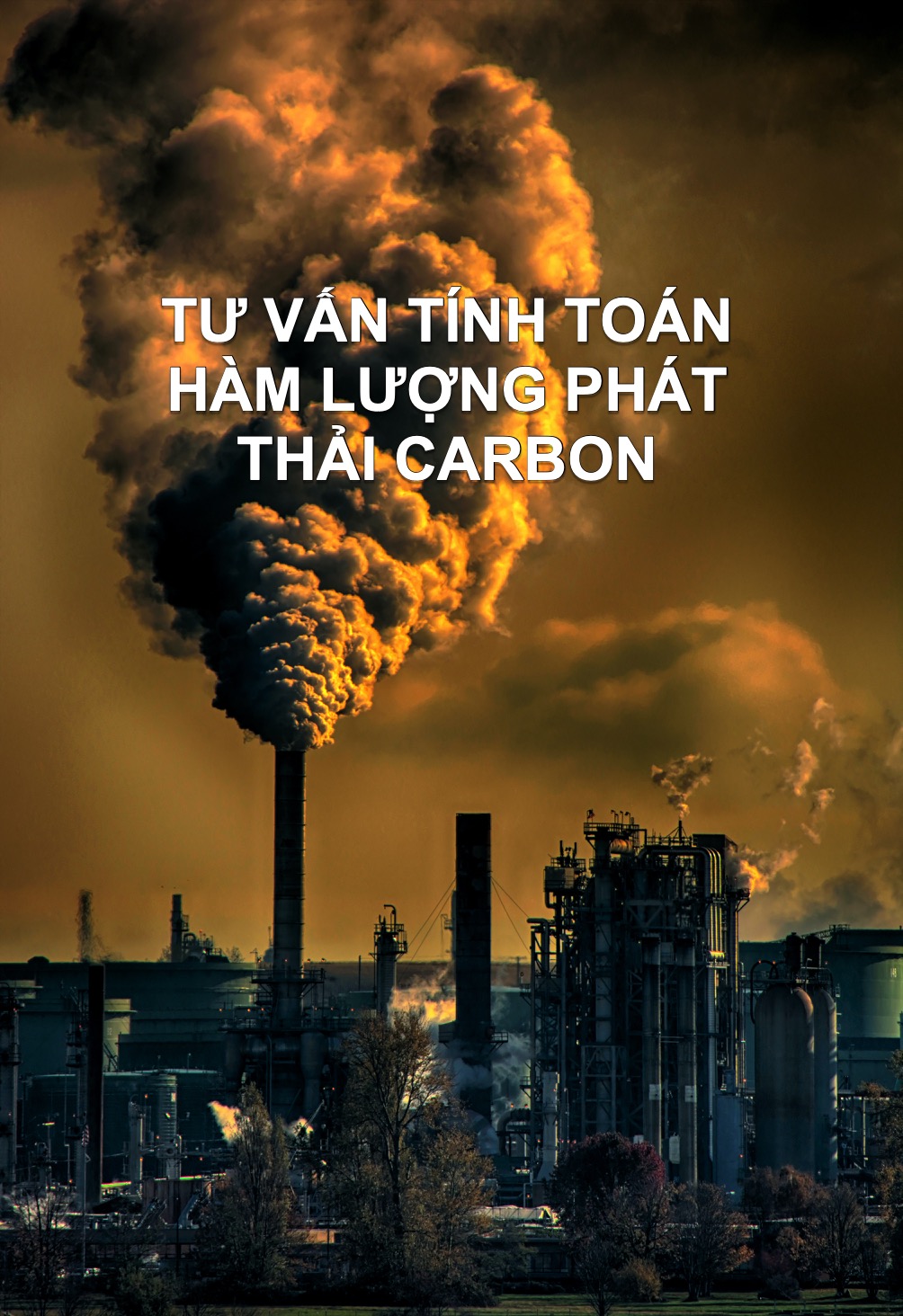
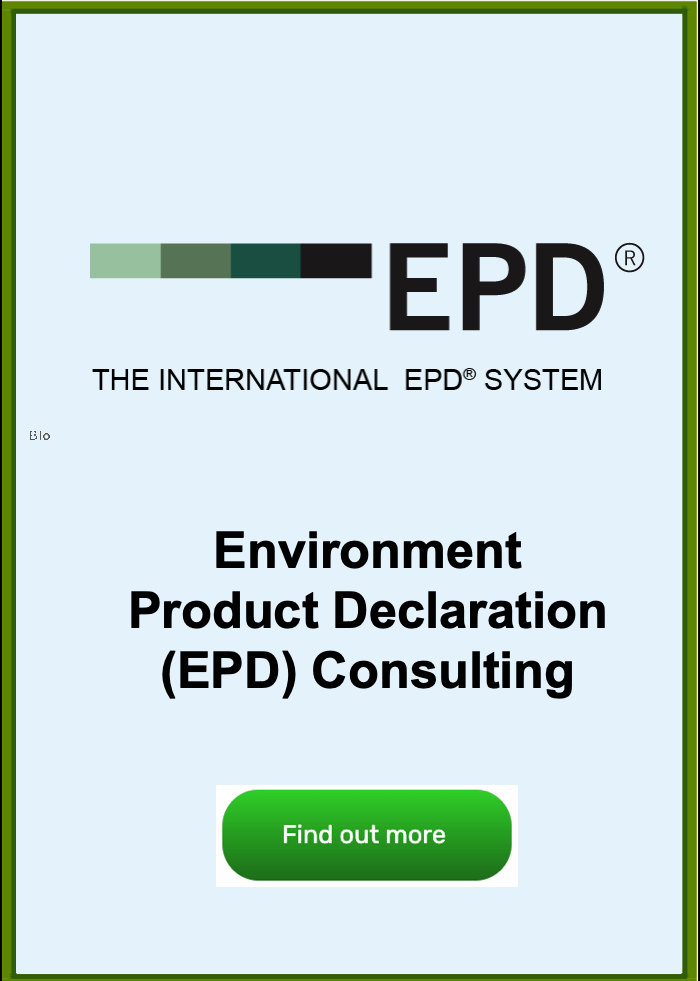
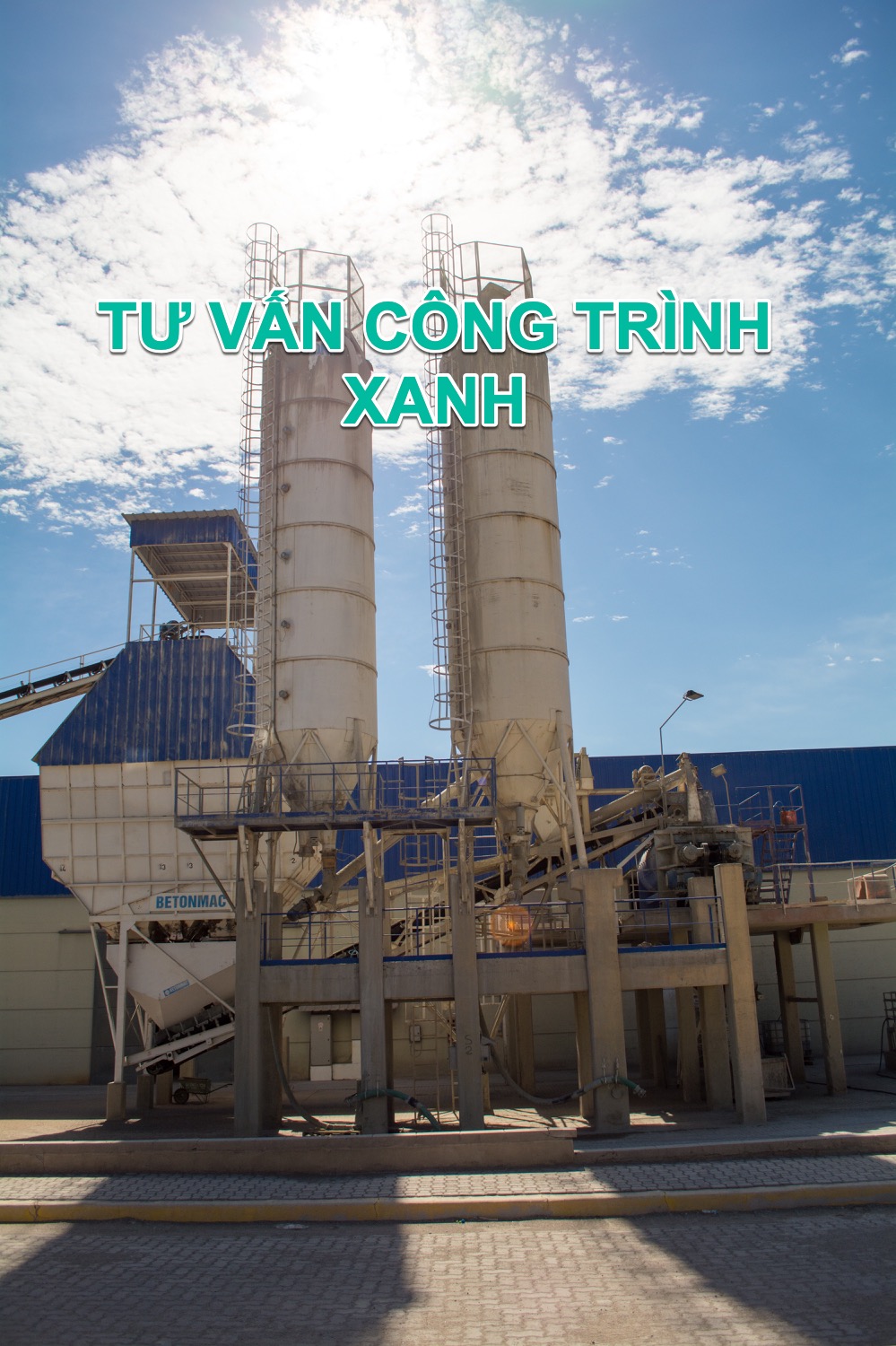
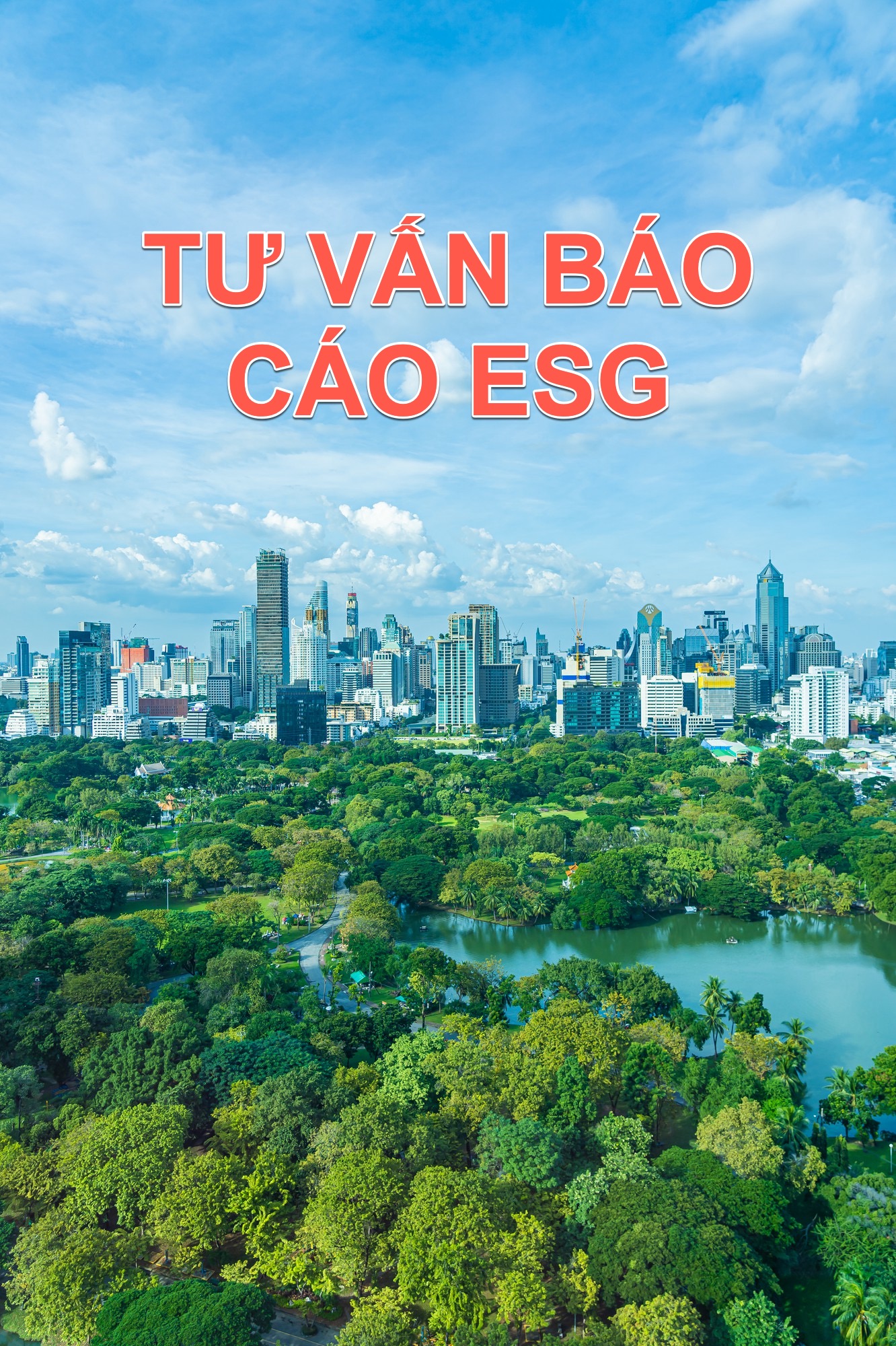
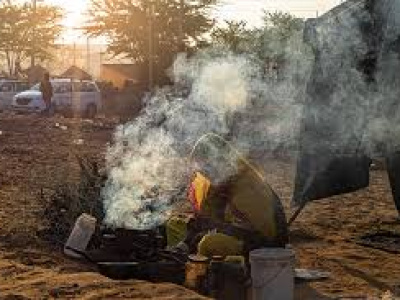
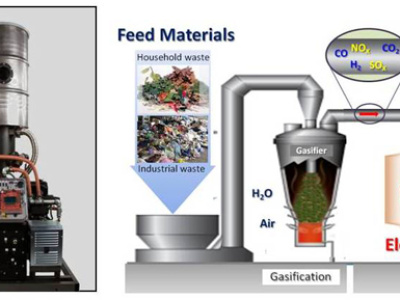
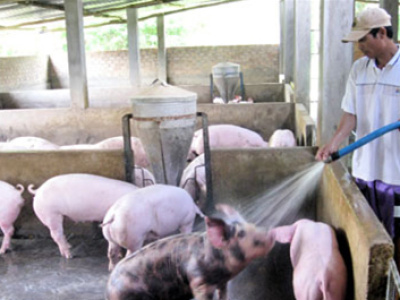
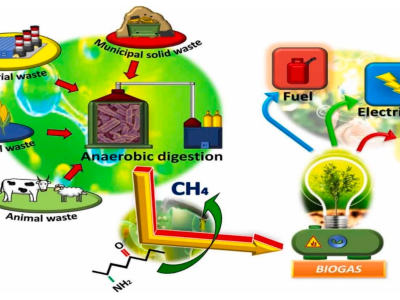
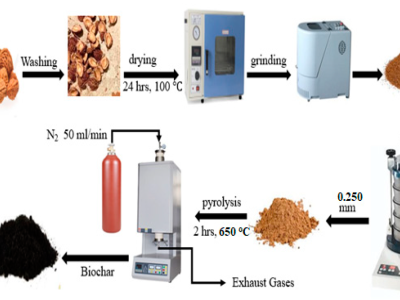
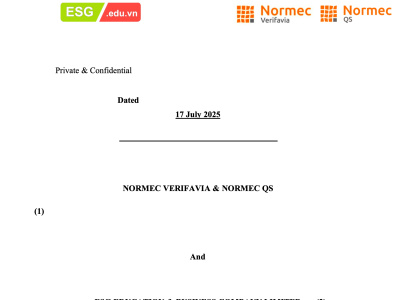
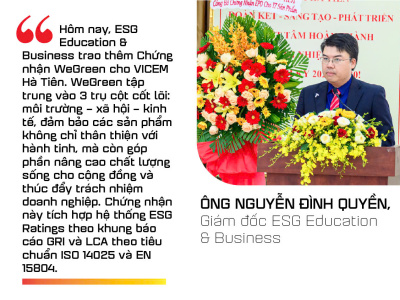
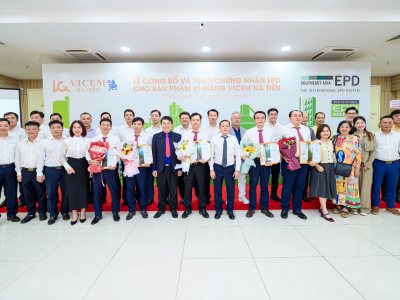
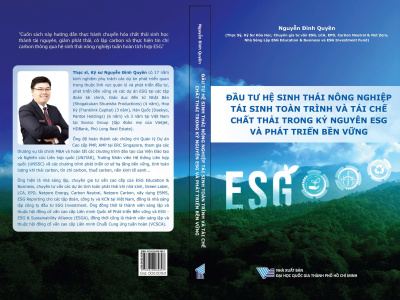
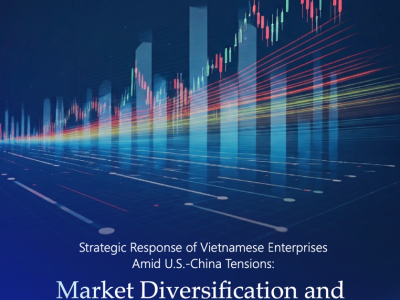
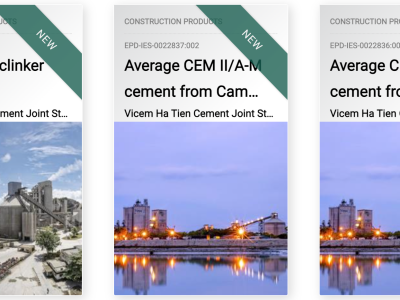
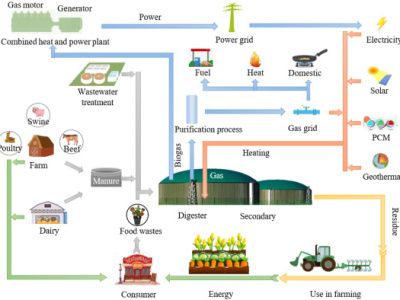
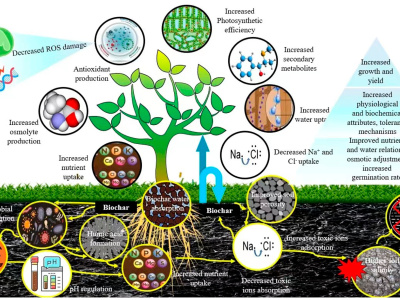
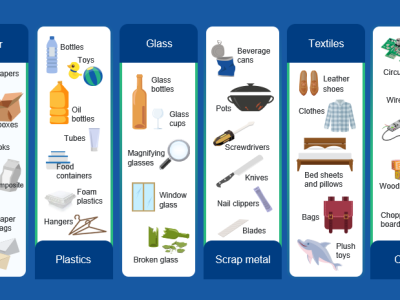
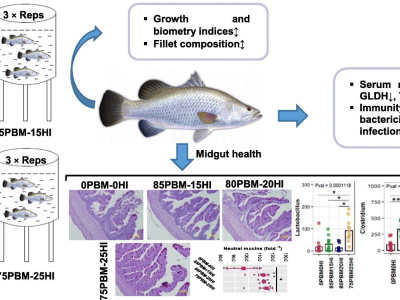
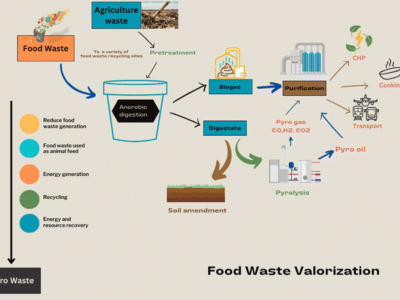
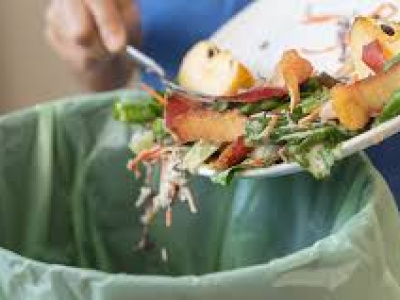
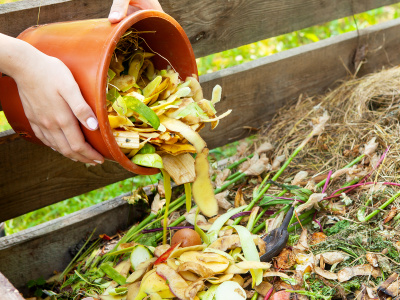
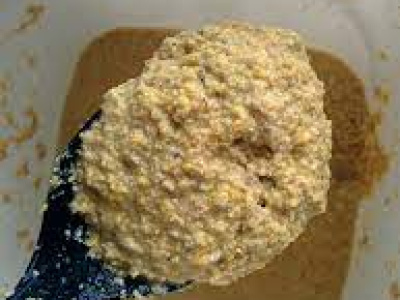
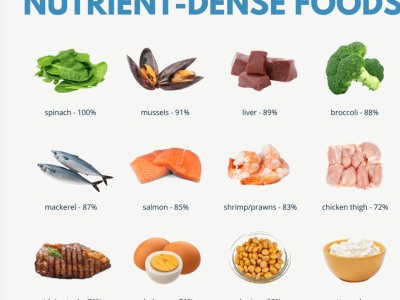
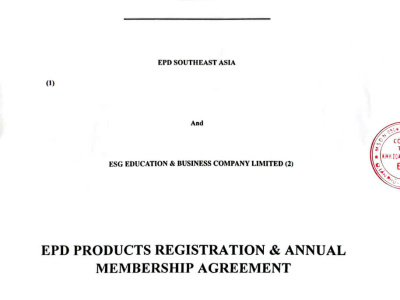
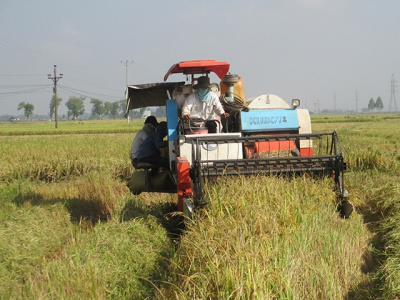
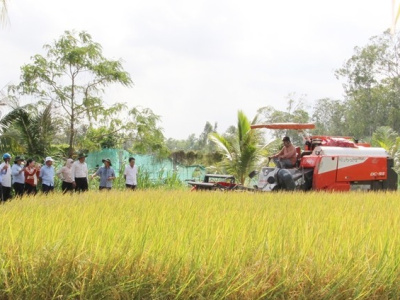
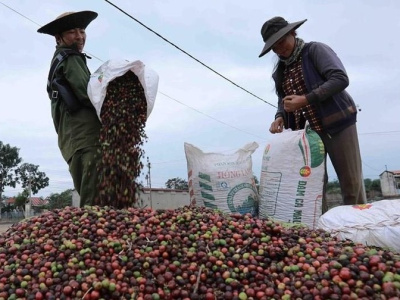
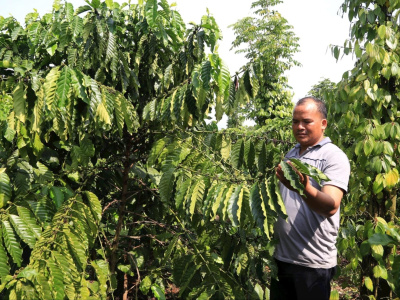
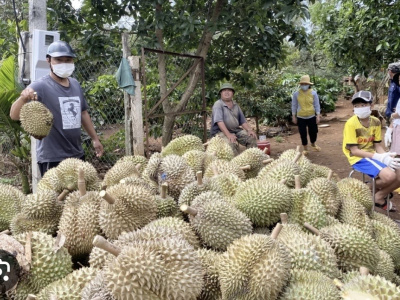
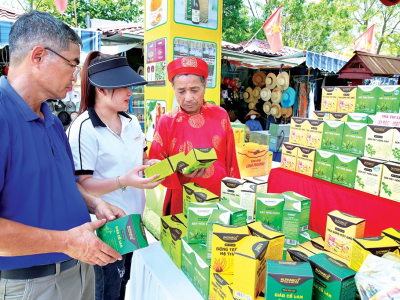
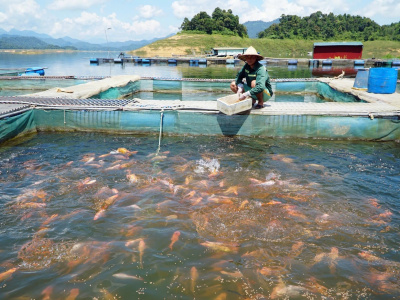
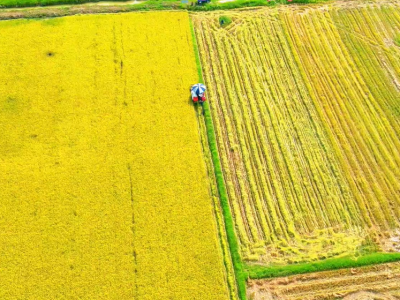
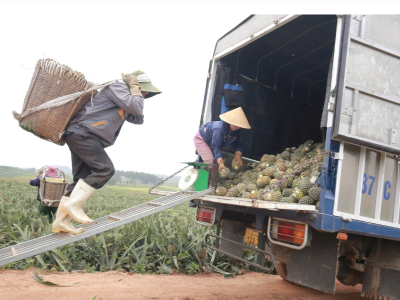
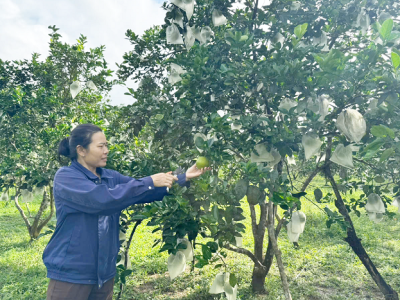
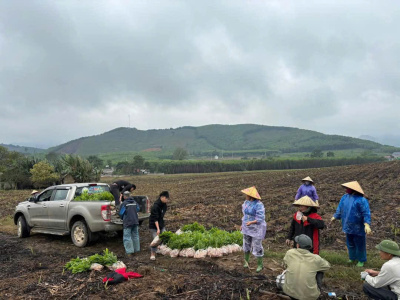
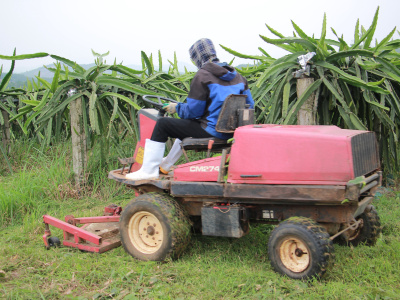
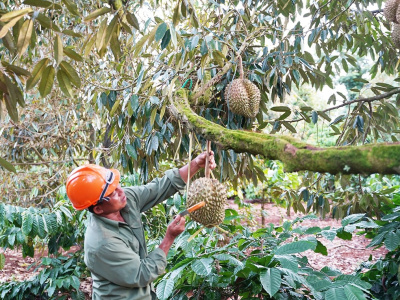
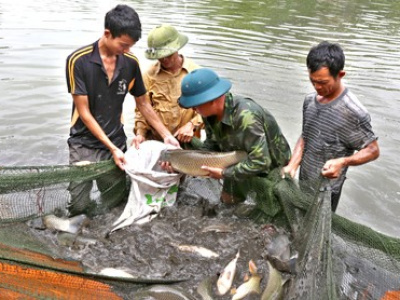
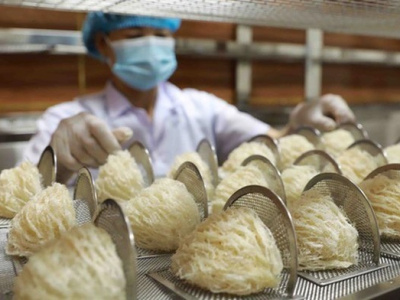
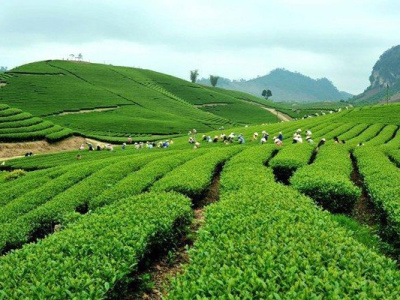
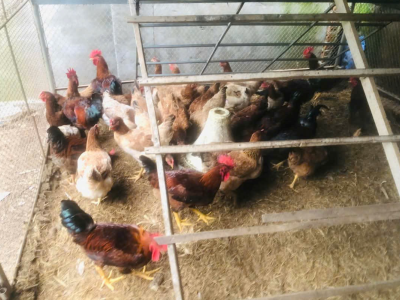
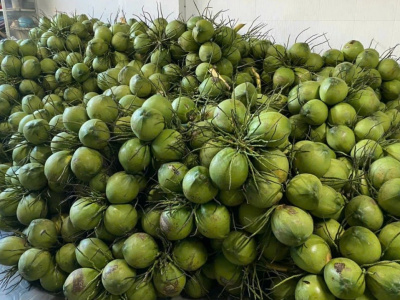
![NGUYỄN ĐÌNH QUYỀN [VN]](https://aseanfarmers.com/wp-content/uploads/NGUYEN-DINH-QUYEN-VN-400x300.png)
